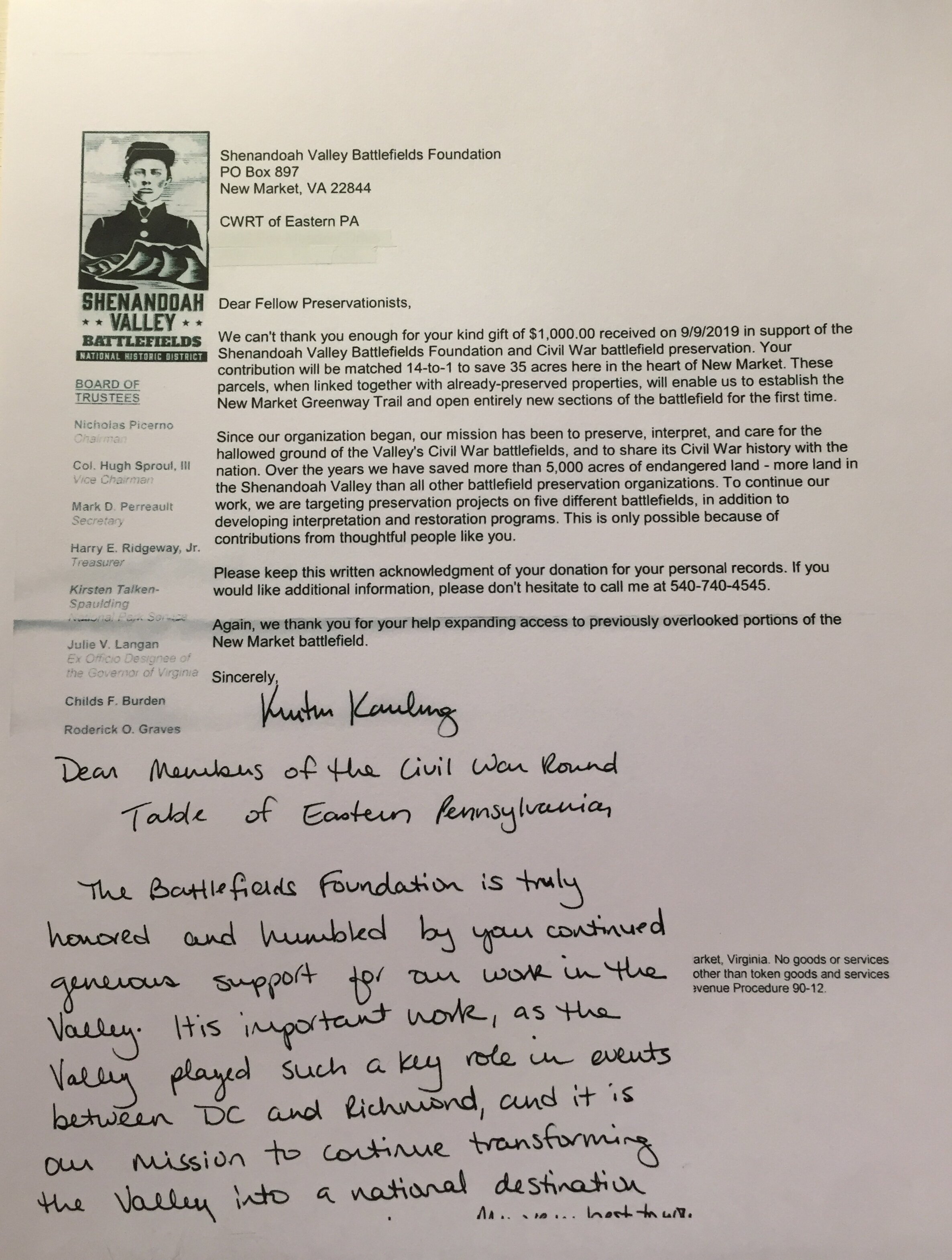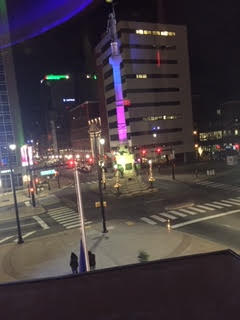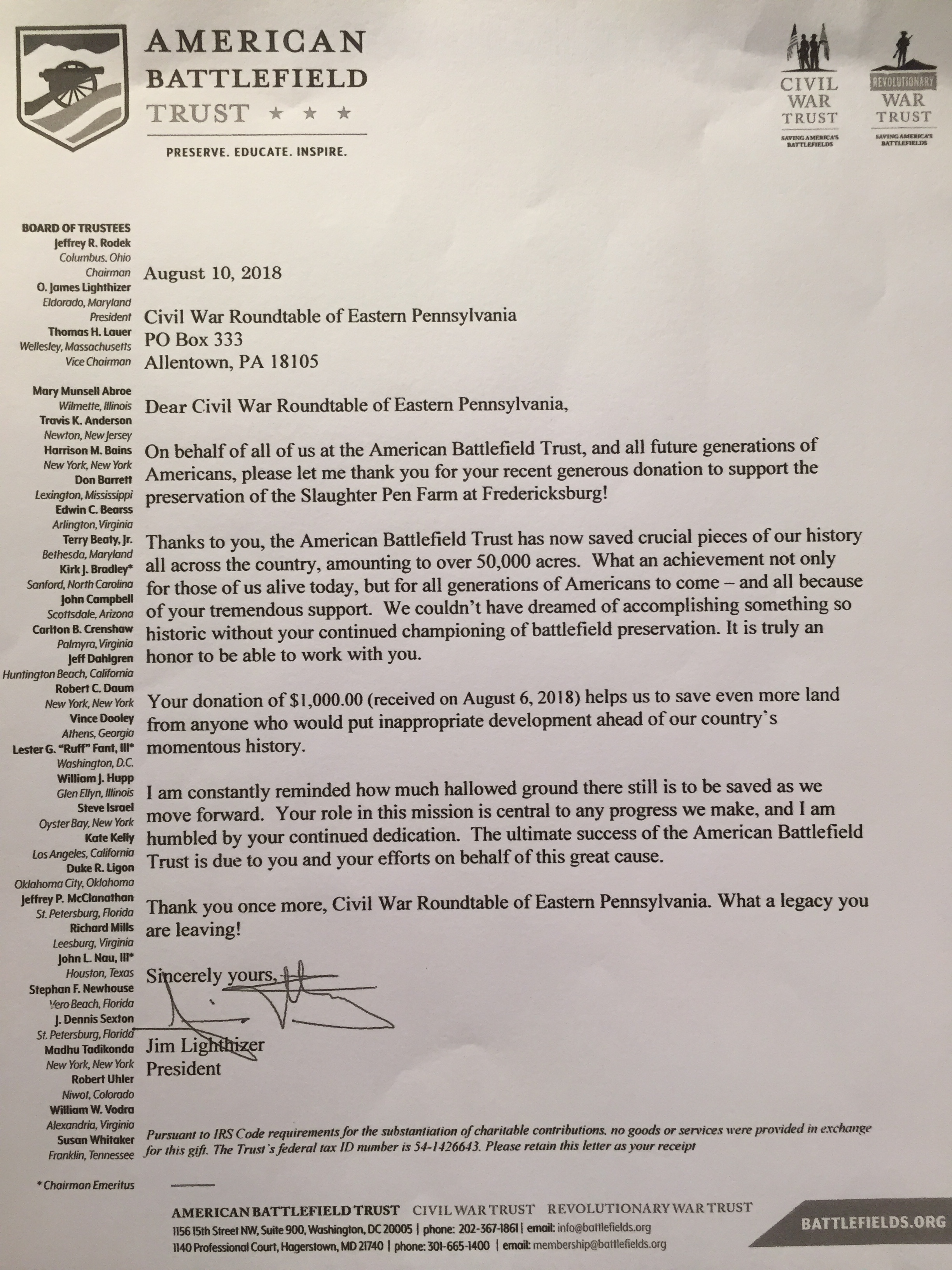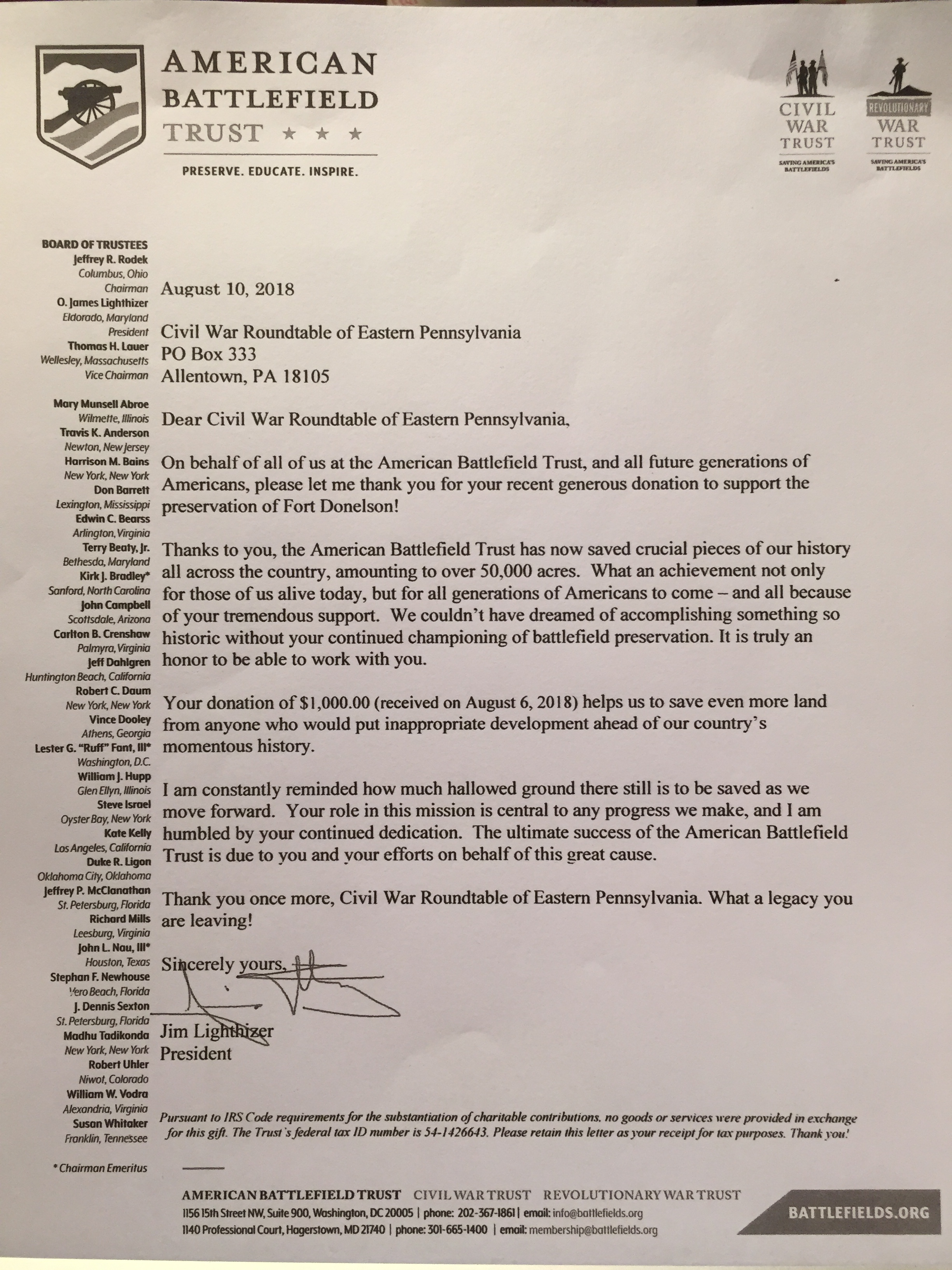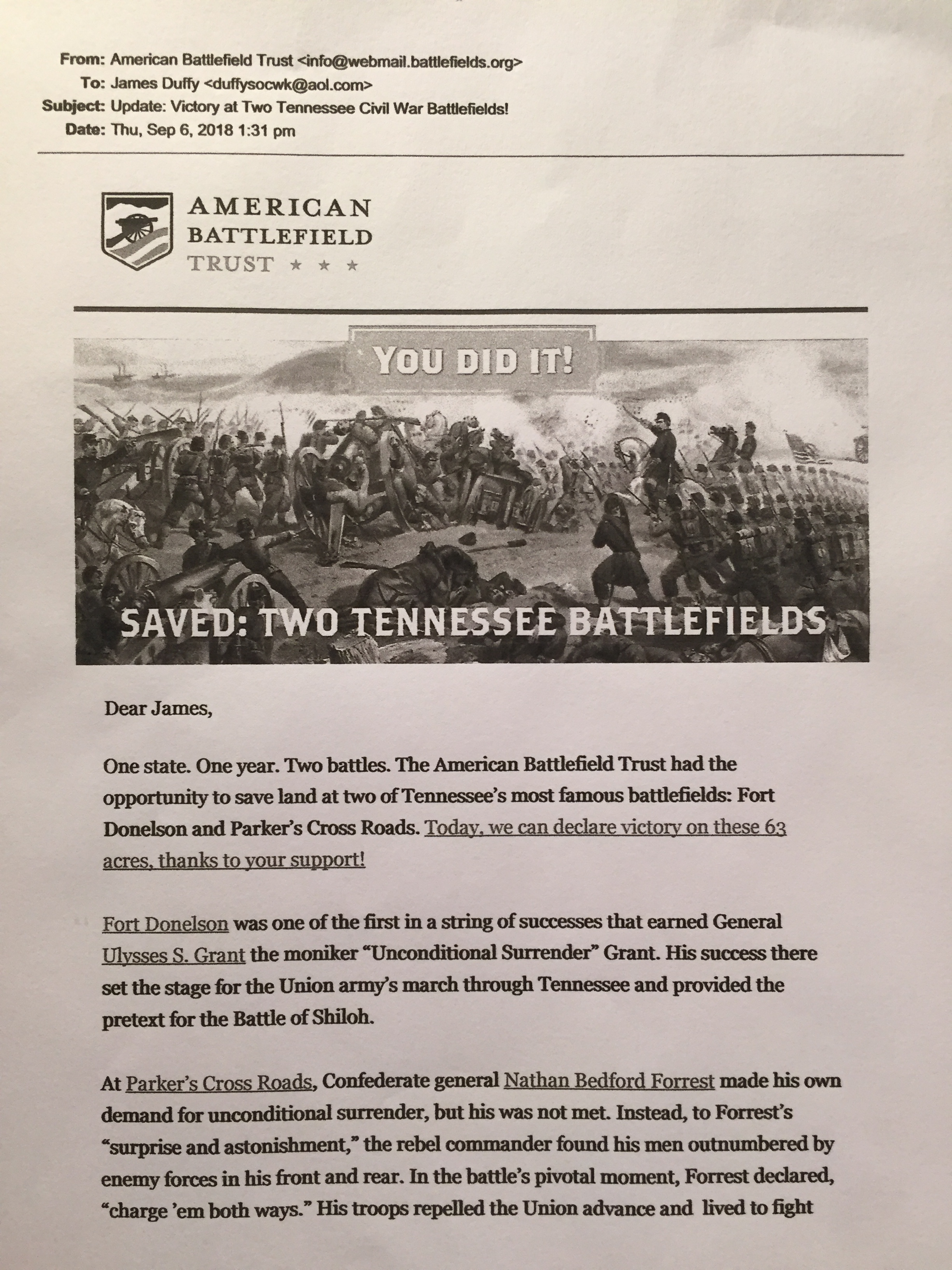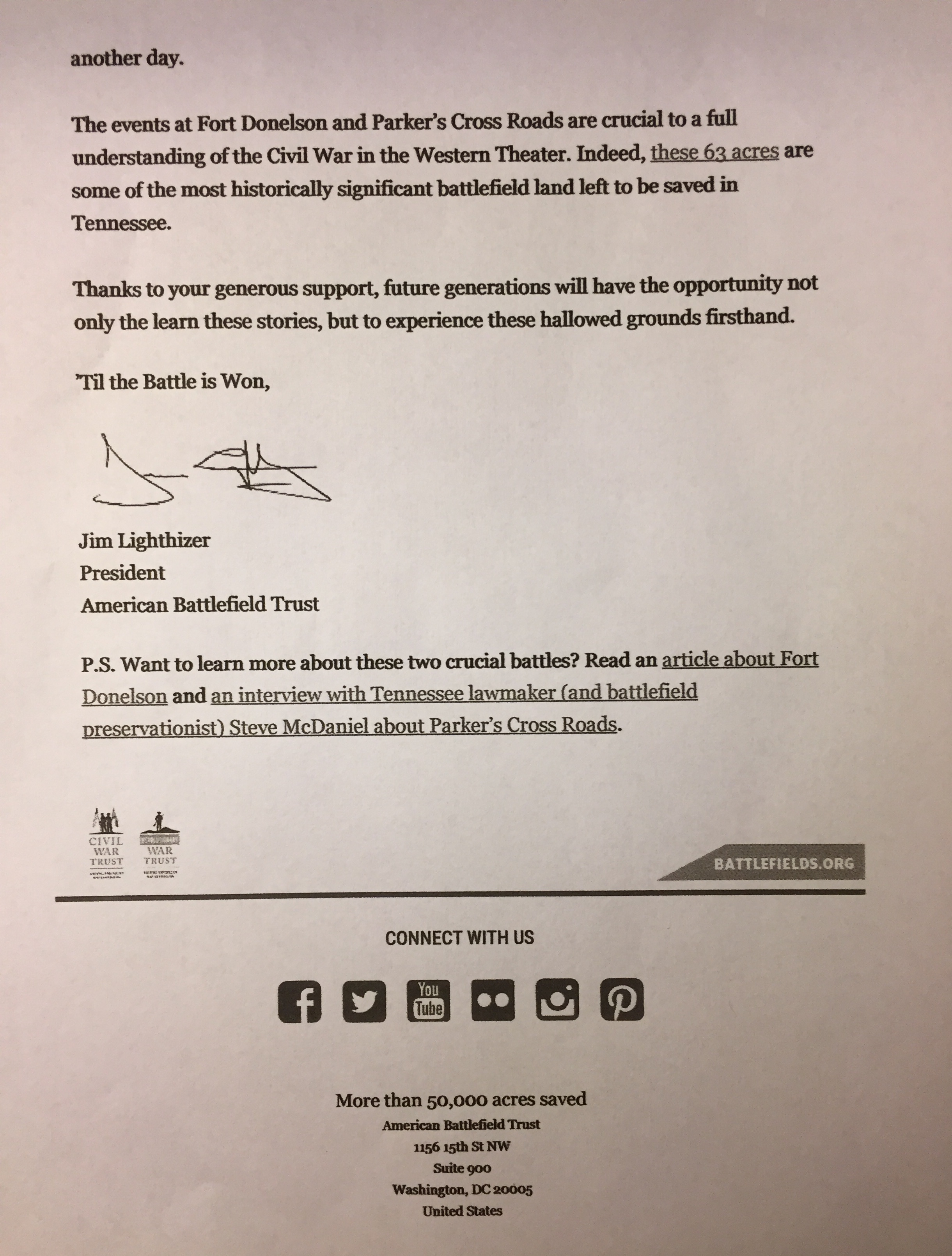Pennsylvania House Unanimous in Adding to GBPA Camp Letterman Preservation Drive
The Pennsylvania House of Representatives voted unanimously Thursday to adopt a resolution (H.R. 998) honoring the Camp Letterman General Hospital established in the weeks following the massive Civil War battle in Gettysburg.
At Letterman, thousands of wounded Confederate and Union troops were gathered from area homes, barns, churches and other buildings throughout the area and provided the best care available at the time. The massive tent hospital named for Dr. Jonathan Letterman, medical Director of the Army of the Potomac, was the first to consolidate care for wounded and dying of both sides following a battle.
The House resolution comes at a time when the Gettysburg Battlefield Preservation Association is crusading to preserve the remaining property where Camp Letterman was located south of York Road.
The resolution was sponsored by Rep. Dan Moul, R-Adams, and co-sponsored by Rep. Harry Readshaw, D- Allegheny.
The remaining 17-acres of Camp Letterman property is threatened by a planned 191-acre townhouse development by S & A Homes of State College, Pennsylvania.
The GBPA has been supported in asking S & A Homes to set-aside the 17-acres by a letter-writing campaign by people from at least 35 states, 3 foreign countries, preservation organizations, individual living historians and authors, civil war round tables, civil war organizations and other living history groups.
The State of Vermont made its support of the GBPA effort official. In May, the Vermont Senate and House of Representatives adopted a resolution that states “the General Assembly supports the Gettysburg Battlefield Preservation Association‘s effort to preserve the Camp Letterman hospital site and requests that S & A Homes Set aside these 17 acres of historic ground.”
Camp Letterman was administered by Dr. Henry Janes, a Waterbury, Vermont, physician and U.S. Army surgeon.
GBPA President Barb Mowery noted the bipartisan support for the Camp Letterman resolution in in the Pennsylvania state House and hopes a similar resolution will also emerge from the Senate.
“We are not trying to stop the entire 191-acre townhouse development by S & A Homes,” said Mowery. “We are appealing to their patriotism and asking that they shave off the 17 acres that were part of Camp Letterman.”
Mowery said representatives of the GBPA, founded in 1959 to preserve remaining Gettysburg battlefield land from commercial and residential development, have met with S & A representatives on a number of occasions, but have received no assurances that the Letterman ground won’t be plowed up and paved for roads and residences.
Supporters of the GBPA Letterman preservation campaign are asked to send letters to: S & A Homes; ATTN: Bob Poole, Pres. & CEO; 2121 Old Gatesburg Road, Suite 200, State College, PA 16803
Click here to view the resolution.








